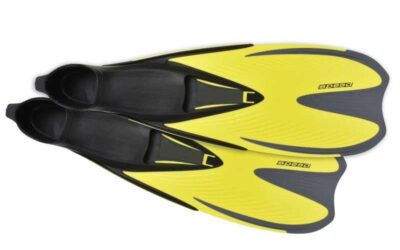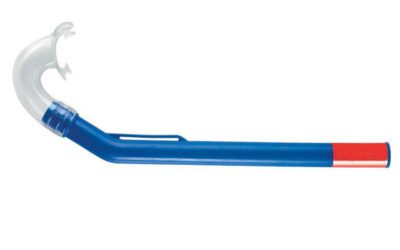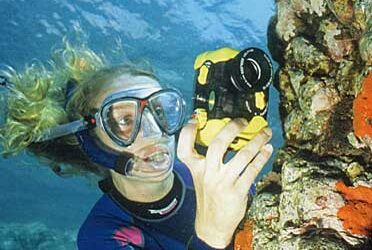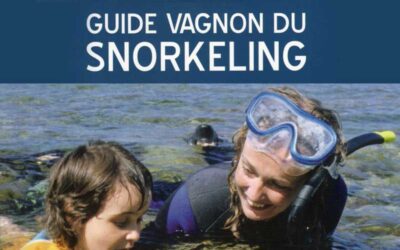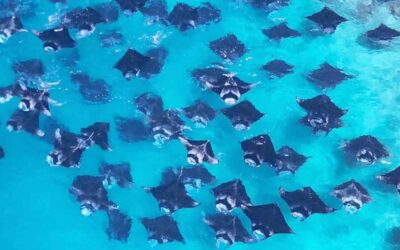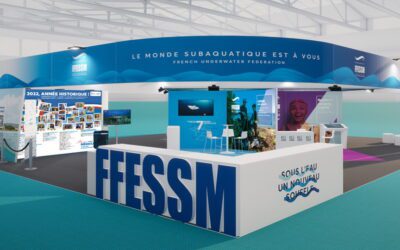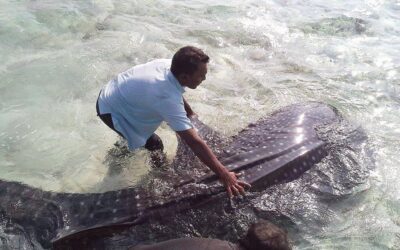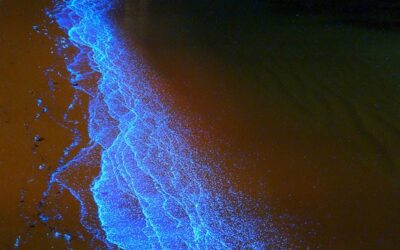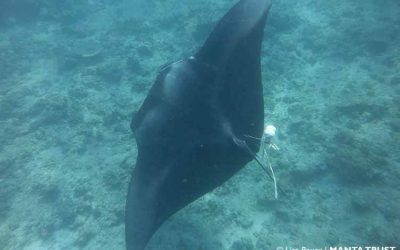Snorkeling equipment: the mask
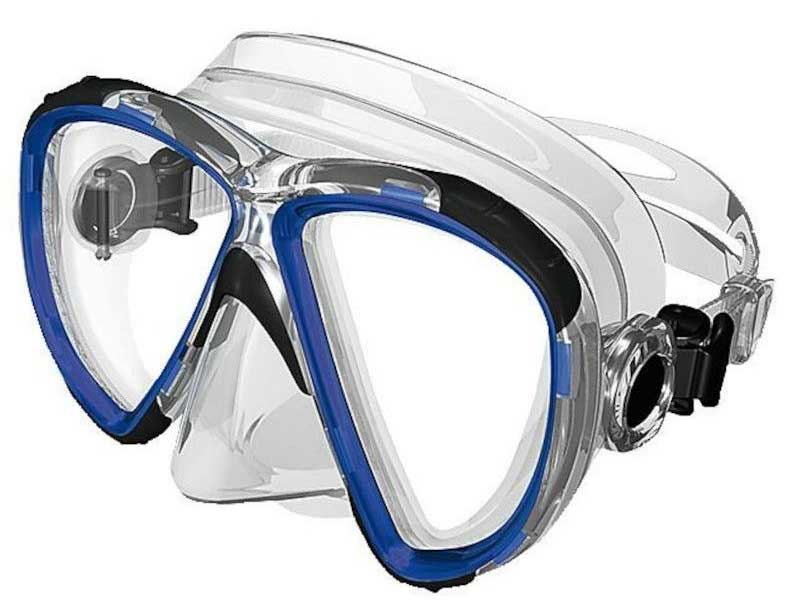
A mask is made up of one or two lenses, also known as portholes (rare models feature two side windows, for a debatable advantage), a rubber or silicone skirt, and a strapping that holds it all together, to which the strap attachments are hinged. Some models can be completely disassembled.
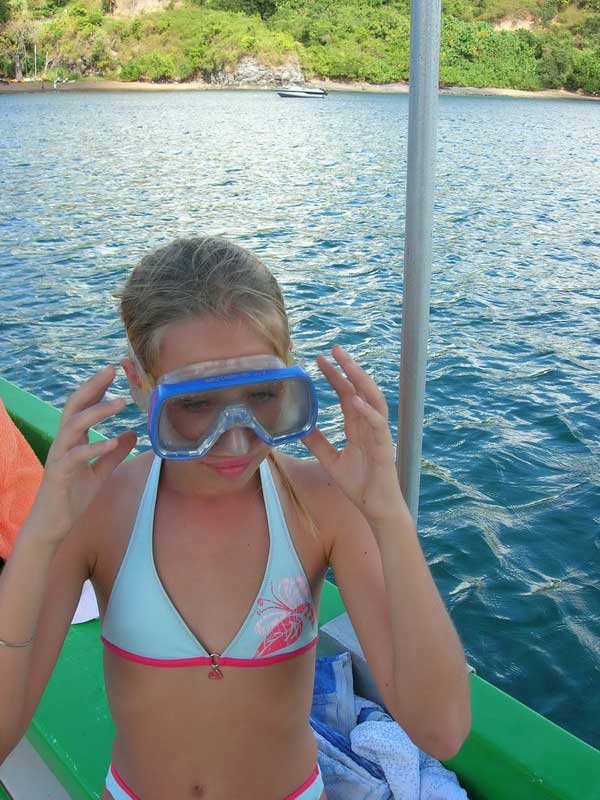
Internal mask volume
The volume of air between your face and the glass is called the internal volume. Generally speaking, the smaller the internal volume, the closer the glass is to your eyes.
A smaller glass with a smaller internal volume may offer an equivalent or better field of vision than a larger glass that is further from your eyes.
The size of the glass surface is therefore irrelevant; the importance of the internal volume is more decisive. We'll see later that this volume needs to be pressure-balanced when immersed.
You'll need to try out several models, making sure that the internal volume is not too great.
Protecting yourself from condensation
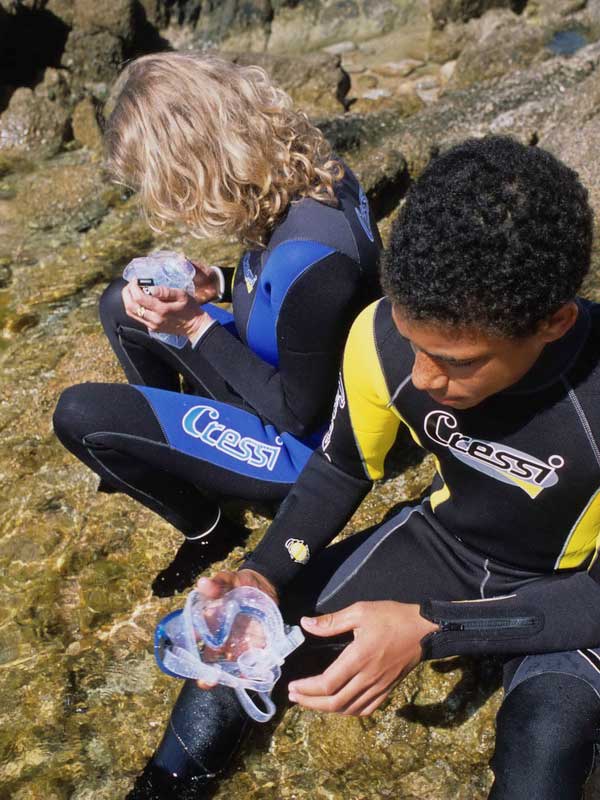
Spread your saliva well before rinsing with seawater.
For young children
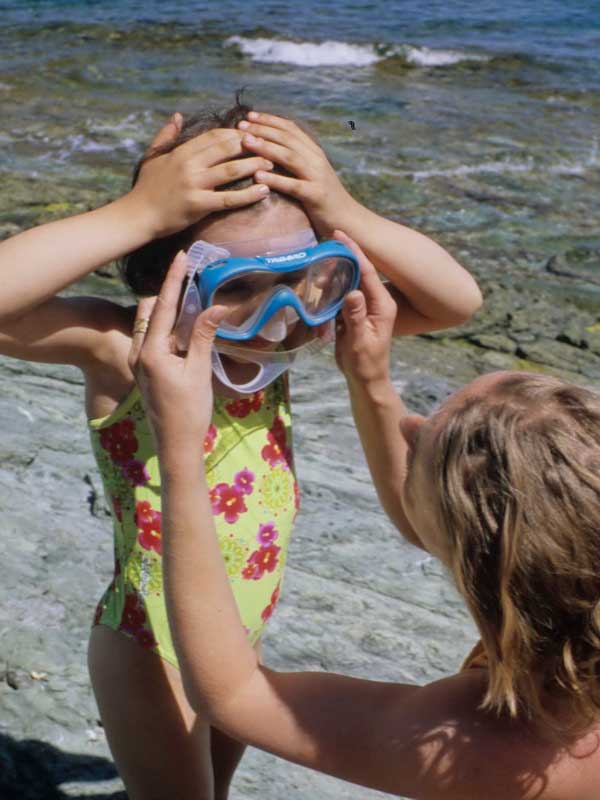
It is very difficult to find masks adapted to the face of children under the age of 4.
Often, the distance between the base of the nose and the upper lip is too small to ensure a satisfactory seal.
Wearing a mask for the first time can be frightening: a feeling of confinement, breathing through the nose causing fogging or a suction cup effect!
Be educational and patient.
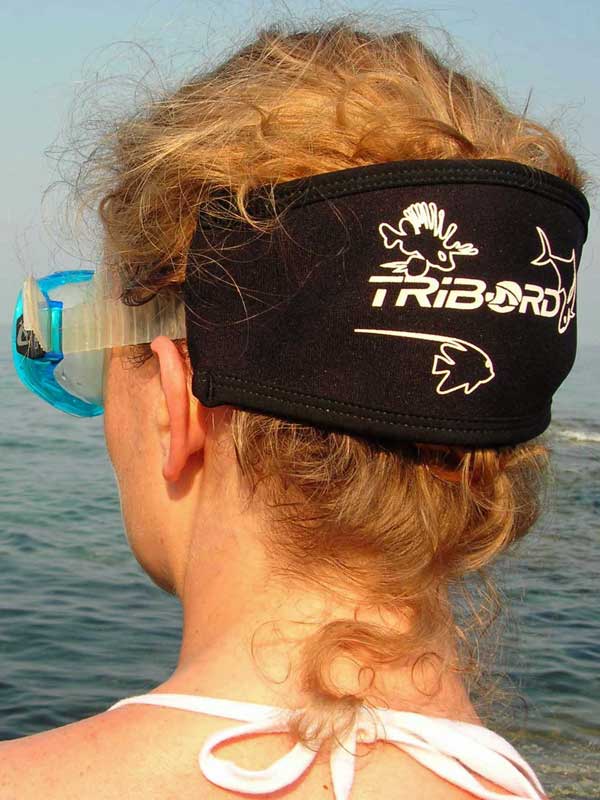
Maintenance
Corrective lenses
Wearing contact lenses with a standard mask does not seem to pose any particular problems.
You can have corrective lenses fitted to your mask, in place of the original lenses. A small number of specialist opticians are able to do this perfectly for most models.
Some manufacturers offer a wide range of corrective lenses in-store, which can be fitted directly to your mask at the time of purchase.
More articles
Snorkeling equipment: fins
Fins are your engine, your boots of seven places! Two imperatives: comfort and efficiency. Fins are called "slipper" or "adjustable" fins.
Snorkeling equipment: the snorkel
There's nothing simpler than a snorkel: a mouthpiece and a tube. Get used to using a simple model, with no siphon or valves for "automatic" water evacuation.
Emmanuelle Levasseur, Julien Collet
At a time when the state of our seas and oceans is steadily deteriorating, and underwater life seems to be in danger everywhere, snorkeling is a marvellous discovery that can turn into a useful awareness-raising activity.
Snorkeling guide: Introduction
The snorkeling guide is a handbook for choosing your equipment and getting the best out of it on the surface and during your first dives.
Hanifaru - UNESCO Reserve in the Maldives
Hanifaru Bay is famous for its gatherings of manta rays and whale sharks. Hanifaru is only accessible by snorkeling.
Identify mantas with Manta Trust
Join the IDthemanta program with Manta Trust to record mantas.
I've lost my FFESSM level card
You've lost your card and would like a new one.
Whale shark rescue in Maduvvari
On Maduvvari Island (Meemu Atoll - Maldives), a whale shark was stuck in the lagoon, unable to move!
Incredible bioluminescent waves
Bioluminescent waves are a natural phenomenon. They have been observed on the island of Mudhdhoo in Baa Atoll.
A manta saved
Lisa saves a manta in the Male North atoll during a dive at the Rasfari site...
